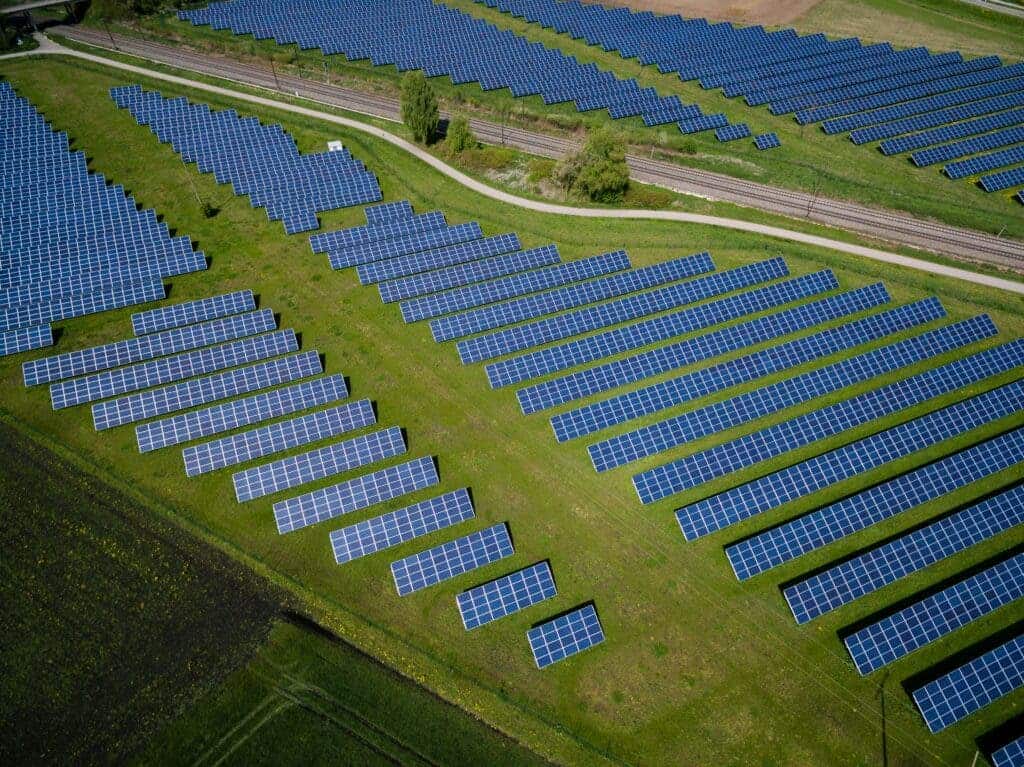The world has an energy problem — and by that, I mean several problems. Not only are we in arguably the biggest civilizational crisis due to climate change, but pollution (often from energy) kills over 9 million people a year, and now energy is being used as a bargaining chip in the world’s largest war since WWII.
All of these problems stem from one thing: our usage of fossil fuel energy. If we could magically transition to renewables overnight, these problems would be drastically reduced. Of course, we can’t magically transition to renewables overnight — but according to a new Stanford study, the transition can be done without any new technology.

When talking about energy, it’s easy to rely on some future tech that can make everything easier. But while such technology may emerge (and some is already on the way), here’s some good news: we don’t actually need it. We can make do with what we have.
The new Stanford study lays a roadmap for 145 countries to create clean, renewable, and affordable energy. The roadmap includes:
- electrifying all energy sectors (switching from fossil fuels to electricity);
- producing electricity from clean, renewable sources;
- creating heat, cold, and hydrogen from such electricity;
- storing electricity, heat, cold and hydrogen;
- expanding transmission of electrical energy;
- and shifting the time of some electricity use.
The key ally, researchers led by Mark Z. Jacobson write, is physics. A clean, renewable energy system simply uses less energy than a combustion-based energy system; fossil fuel-based systems are wasteful, they explain. In fact, if all our energy usage was fueled by renewables through electricity, worldwide energy consumption would go down by a whopping 56%, thanks to the efficiency of things like electric vehicles and electric heat pumps over their fossil fuel based alternatives. Also, something often neglected is the energy required to obtain fossil fuels — the fossil fuel industry is itself an important energy user, so the transition would eliminate the need for this energy.
“Global warming, air pollution, and energy insecurity are three of the greatest problems facing humanity,” the researchers write. “Roadmaps are developed and grid analyses are performed here for 145 countries to address these problems. The roadmaps call for a 100% transition of all-purpose business-as-usual (BAU) energy to wind-water-solar (WWS) energy, efficiency, and storage, ideally by 2035, but by no later than 2050, with at least 80% by 2030.”
“Ninety-five percent of the technologies needed to implement the plans proposed are already commercial,” the study authors add.
This timing matters — while the end goal of our energy transition is to reach 100% renewable, it’s best if we transition large chunks of our energy as quickly as possible — because every year, the amount of greenhouse gases in the atmosphere accumulates and makes matters worse.
Our economy would also be better off if we switch to renewables, the researchers note.
“Wind-Water-Solar is estimated to create 28.4 million more long-term, full-time jobs than lost worldwide and may need only 0.17% and 0.36% of world land for new footprint and spacing, respectively. Thus, WWS requires less energy, costs less, and creates more jobs than Business As Usual”.
The authors conclude that there are several uncertainties to this study. The exact demand for energy is hard to predict with perfect accuracy, there is uncertainty about how prices will develop, and transmission of energy may be inadequate for this type of major systemic change. But perhaps the biggest obstacles, the researchers note, are neither economic nor technological — but political.
“Political will is adversely affected by lobbyists for conventional energy, other people with vested interest in the current energy infrastructure, the difficulty in changing some people’s opinions about whether we should move off of
fossil fuels, and confusion sown by those against a renewable energy transition. In addition, for countries engaged in international or civil war, political will to transition is not a top priority, and building new infrastructure may not even be feasible during the conflict. This study does not guarantee sufficient political will is available. Instead, it examines the consequences of a transition if sufficient will is obtained.”
This political factor is likely going to be a big hurdle, and not just in countries engaged in war. We’ve seen even in “stable” countries like the US or Australia how deep the love for fossil fuel goes, and how politicians still sway to the will of the big piles of money coming from fossil fuel companies — this likely won’t go away anytime soon.
Still, the study provides some good news. The comprehensive analysis suggests that, with political will, the technology needed to help us transition to a renewable-based energy system exists; we have what’s needed. Sure, there are still challenges left to be overcome, and big challenges, but we can already get there if we want — and it will be good not just for our climate, but also for our economy and our geopolitical stability.
The study was published in Energy & Environmental Science.


